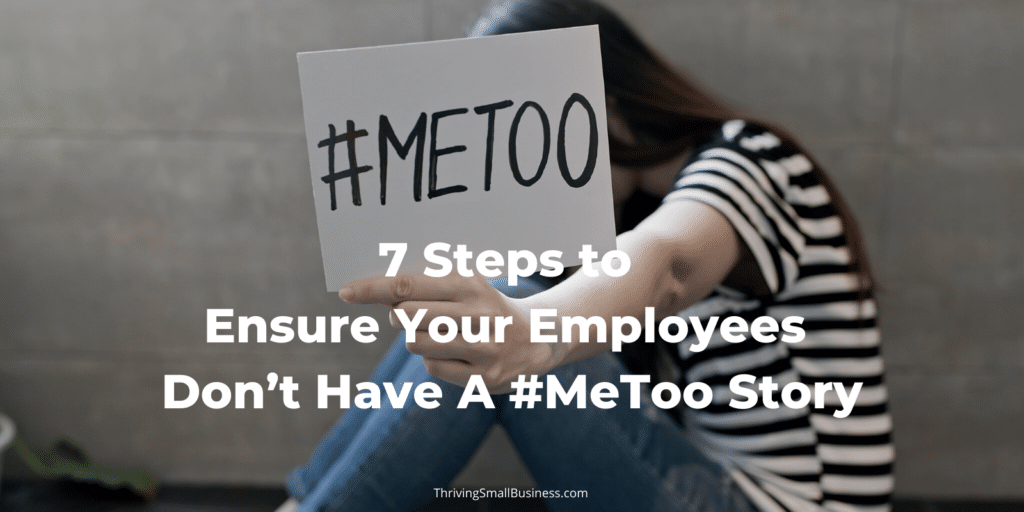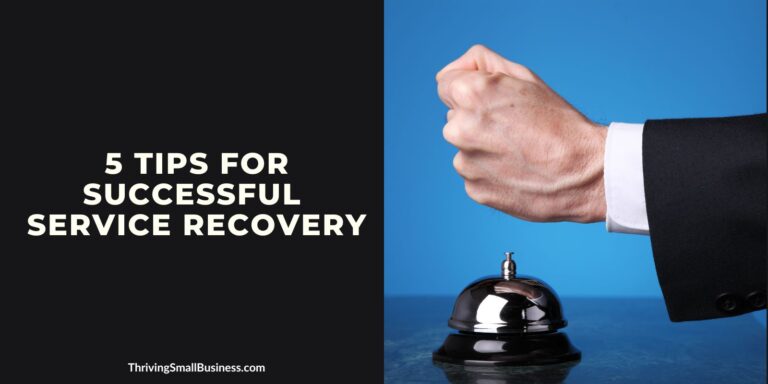7 Steps to Ensure Your Employees Don’t Have A #MeToo Story
Estimated reading time: 3 minutes
This last year, we have been inundated with allegations of inappropriate behavior at work.
Sadly, since April 2017, 219 celebrities, CEOs, and politicians have been accused of sexual misconduct.
You read some of this stuff, and you are amazed at what allegedly is going on.
A new report claims that a shocking 38 percent of women said they experienced sexual harassment at the workplace.
Sexual harassment violates Title VII of The Civil Rights Act of 1964.
But what does that mean?
Simply that women and men are protected under the law of sexual harassment in the workplace.
EEOC defines sexual harassment as:
“Unwelcome sexual advances, requests for sexual favors, and other verbal or physical conduct of a sexual nature constitute sexual harassment when this conduct explicitly or implicitly affects an individual’s employment, unreasonably interferes with an individual’s work performance, or creates an intimidating, hostile, or offensive work environment.”
With the Me Too movement going strong since October 2017, organizations are scrambling to update internal policies, training, and compliance with Title VII laws.
So, what should your organization be doing?
1. Write Policy
Smaller organizations often neglect the importance of writing policy.
Take the time to write a policy and procedure about sexual harassment.

Use the EEOC website to help with terminology and definitions.
Be specific so there is no confusion as to what is and what isn’t acceptable behavior in the workplace.
2. Lead By Example
Let’s face it. If you do it, your employees will do it also, so make sure you lead by example.
Conduct yourself professionally and demonstrate the behaviors you would like your employees to display.
Treat everyone with respect and leave the implicit jokes in the toilet – where they belong.
3. Communicate Zero Tolerance
There have been enough headlines to trigger conversations at work.
Take advantage of these news stories and talk about them.
Reinforce the work culture you strive to achieve and let employees know that harassment of any sort will not be tolerated.
4. Create a Confidential Reporting Process
Employees need to feel comfortable accessing help, knowing that their issues will be dealt with confidentially.
Creates a complaint process that ensures reports of harassment are:
- taken seriously
- handled confidentially
- investigated by the appropriate personnel
- documented thoroughly
- follow up with a timely resolution.
5. Develop Training
Develop training for managers and employees.
Determine what the training goals are so you can track the effectiveness of the training.
Ensure all participants understand related terminologies such as early intervention or unlawful retaliation.
6. Train Employees
This subject can be difficult to talk about, but take the time to train your employees not only for what the policy is but also what to do if they feel like they have been sexually harassed.
Teach them the first and most important defense, and that is to inform the harasser that the conduct is unwelcome and to stop.
As well as how to access a confidential complaint process without fear of retaliation.
7. Train Managers
Managers need to be trained to recognize inappropriate behavior and be comfortable stepping in.
Teach them the definition of harassment and how to counsel employees who may approach them with an issue.
Work with them to ensure they understand the importance of confidentiality and the organization’s commitment to safeguarding the employee experience.
8. Conduct Annual Review of Policies
Once the headlines go away, we all tend to forget.
Mark your calendar, dust off the policy, and conduct an annual lunch and learn.
Have a conversation, reinforce expectations, and clarify any misunderstandings.
People go to work to do just that – work.
This makes it so heartbreaking to read about the very real trauma that employees endure when they are sexually harassed in the workplace.
Take the time to write your policy, train employees, and do your part to keep sexual harassment out of your organization.






